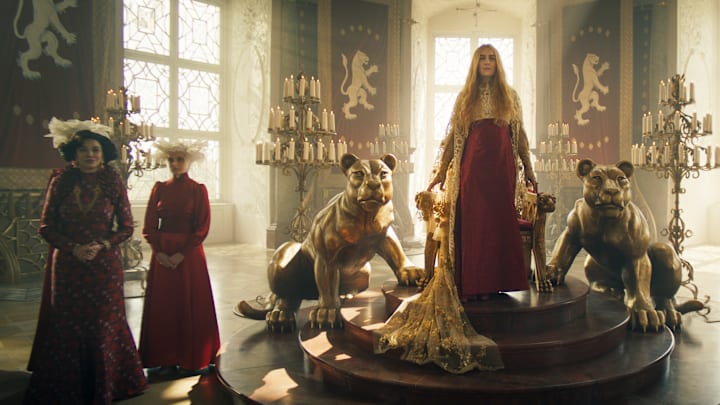Most fantasy books, especially the classics, have a medieval feel. Many take place in a pre-industrial, medieval-like world. The weapons, clothes, and living quarters are usually the primary signs of the setting the author is trying to establish.
The Lord of the Rings is a prime example of this. A Song of Ice and Fire is another. Then there's Robert Jordan's 14-book epic fantasy series The Wheel of Time. While the world of The Wheel of Time has many medieval aspects and certainly falls into the high fantasy bucket, it does not have a medieval setting strictly speaking.
If The Wheel of Time isn’t medieval, what is it?
On the surface, The Wheel of Time has a classic medieval feel. Characters fight with medieval weapons like swords, bows, spears, and halberds. And there's magic, a key element of many high fantasy works set in this sort of milieu.
There are also massive, beautiful castles and palaces as well as classic medieval fortress built more for defense instead of beauty. The stronghold city of Fal Dara is an excellent example of this type of battle-ready fortress.
The many villages characters visit have inns, apothecaries, smithies, and other businesses add that medieval flavor to the story, but these things also fit into later periods. The moral framework practiced by many of the characters more resembles our own world in the 18th and 19th centuries.
The Wheel of Time is also set in a post-apocalyptic world. Three thousand years ago, men who could channel — that is, use magic — went mad and laid waste to the world. Continents and oceans were upheaved and displaced. Mountains grew where there were none before. Rivers, deserts, plains, and lakes were formed, and the world was forever changed. As the series progresses, it becomes evident that the world has not recovered to where it was before the apocalypse in terms of technology and industrialization.
Without giving too much away, by book six, readers start to see that the world before it was destroyed enjoyed incredible advances that haven’t been rediscovered since. This applies to both magic and technology. Many things from the past have been forgotten.
Readers also know that this cycle of events has happened over and over. Robert Jordan tells the readers in every book that “Ages come and pass, leaving memories that become legend. Legend fades to myth, and even myth is long forgotten when the Age that gave it birth comes again. In one Age, called the Third Age by some, an Age yet to come, an Age long past…” The wheel of time never stops turning.
By repeating himself over and over, Jordan is telling readers that this has happened over and over through time. Civilizations have risen and fallen, thrived and destroyed themselves, many times. This particular Age just isn’t as advanced as the one before it.
Yes, the world of The Wheel of Time resembles medieval times in many ways, but it is really a post- apocalyptic world in which the current Age hasn’t caught up to the previous one. Worldbuilding is one of the most essential aspects of any fantasy work, and Jordan’s world is as fully developed as any.
To stay up to date on everything fantasy, science fiction, and WiC, follow our all-encompassing Facebook page and Twitter account, sign up for our exclusive newsletter and check out our YouTube channel.
